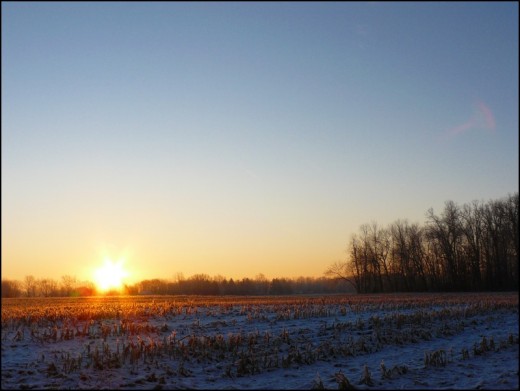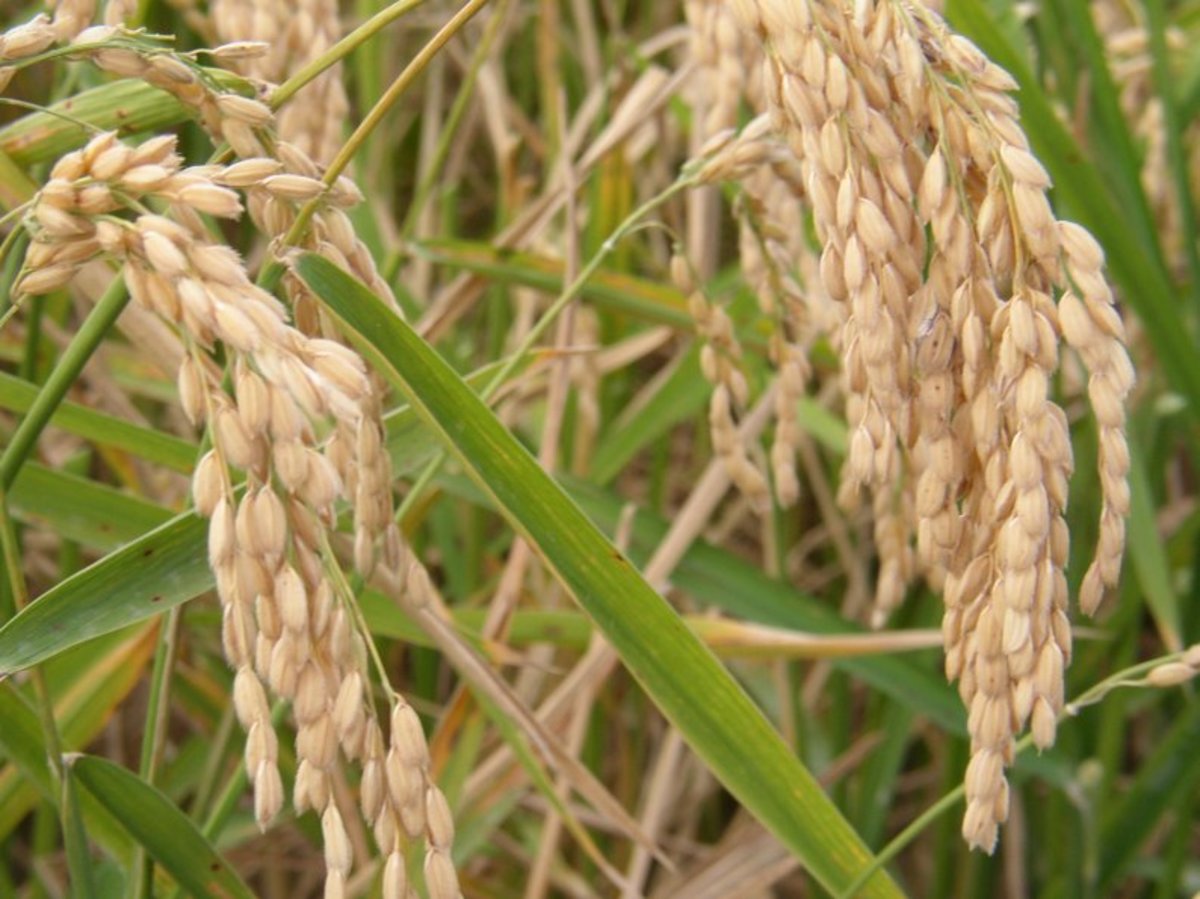The Risks for Farmers of Winter Manure Application

I am a die-hard carnivore. While concerned for the welfare and proper treatment of animals while living, I have no qualms about eating them when dead. Tried the vegan thing; felt like crap. Though my devotion to flesh consumption is unshakable, I do concede the environmental hazards posed by the raising of livestock. This is why I am grateful for agricultural extension agents and scientists who develop new strategies to minimize the risks while improving the end products.
Livestock farmers will often apply manure to fertilize their fields in the autumn. For most soils, this gives the manure an extended period to break down chemically before the planted crops begin drawing nutrients from the ground. While fall applications are optimal, however, they are not always feasible. Wet autumn seasons – such as those recently suffered by Ohio and other Midwestern states – saturate the soil, making manure application futile. Meanwhile the cattle, pigs and chickens have to keep eating…and the by-product has to go somewhere.
When manure storage capacity approaches its limit, field application in winter may be the only recourse. This prospect presents the farmers – and their neighbors – some ecological threats with which to contend. National Hog Farmer magazine summarizes the problem:
Producers are being encouraged to plan carefully before spreading manure on frozen and snow-covered ground to make sure they minimize possible impacts on water quality. Constant changes in weather are typical of winters in Ohio, which increases the potential for manure to move with surface runoff. Runoff can lead to polluting water resources including streams, waterways and wells. Not only does this impact water quality, the nutrients are lost and not available for the next year’s crop.
So, spreading manure on farmland during a deep freeze can yield a toxic mess in the event of a sudden thaw. With many farmers feeling the hot breath of the federal Environmental Protection Agency on the backs of their necks, the last thing needed is to be implicated in polluted waterways and wildlife fatalities. Ohio alone counted 39 manure spills in 2011, one of which was responsible for the deaths of 7,400 fish and a $4,800 penalty for the dairy farm of origination. To be fair, most of these events were not from winter applications. Yet they highlight the need for farmers to self-police their management regimes, lest the heavy hand of government encroach even further.
Experts advise a very conservative approach when considering winter application. Unsustainable storage levels should be the only criterion for taking this measure, according to Ohio State University extension officials. Developing a contingency plan to apply on the least risky locations is also urged. Spatial considerations should include the location of houses, streams and wells, as well as slopes. Moreover, producers do well to resist the urge to free up more manure storage space than is absolutely necessary. Exceeding the nitrogen requirements of the next crop is bad practice and often illegal. (It should be noted that winter applications themselves are illegal in some states.)
Farmers can take heart, as promise lies on the waste management horizon. The advent of anaerobic digesters – devices of varying size that extract the methane from manure for use as energy – offers use for manure other than fertilizer. Some farms are primarily powered by livestock manure. Benefits include cost savings – other than the gigantic initial investment – as the farm reduces its use of the electrical grid; fewer noxious emissions from lagoons, pleasing any neighbors or adjacent businesses; and an even richer fertilizer found in the ash by-product. Still, the most pleasing aspect of adopting the methane-based generation of electricity is the constant use of the farmer’s most ubiquitous resource: manure. Storage becomes much less of a thorn in the agricultural side. Consider the process as it functions on a North Carolina hog farm:
The system has several components. First, the hog waste is placed in an anaerobic digester, which contains bacteria that consume the manure and release methane gas. The methane is then burned to power a 65-kilowatt microturbine, which generates electricity to power support the entire waste management system and much of the farm’s normal operations. After the manure is processed in the digester, liquid waste enters an aeration bin, where it is treated for ammonia and other pollutants. The resulting water can be used for irrigation or for flushing out barns. By the time the system is done, it has met all of North Carolina’s environmental standards for reduction of odors and emissions.
Making use of manure in this fashion does require a hefty investment, though the government does assist farmers who are willing to reduce their carbon footprint. Whether one embraces global warming or not, the pros of converting animal waste to energy make such funding attractive, and reduces the risk of runoff and spillage into waterways. Most importantly, it eliminates the need to negotiate the myriad dangers of winter manure application.








